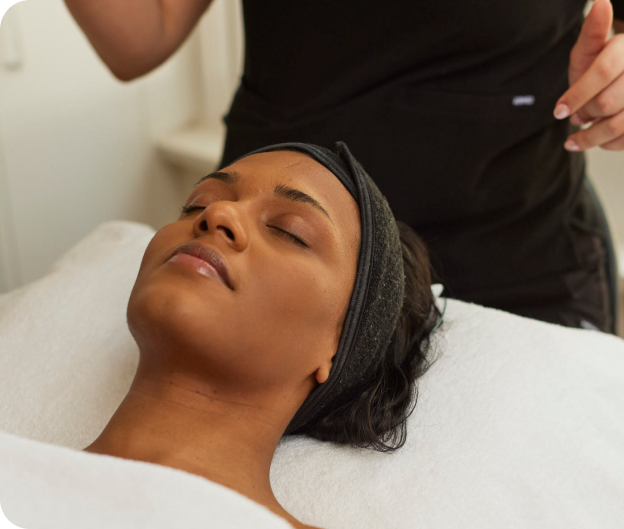Have the toils of summer flip-flops thickened the skin on your heels? Do you exfoliate your feet, only to see the hard, cracked skin return within a week? If so, it might be more than just dry skin.
At Skindepth Dermatology, located in St Kilda East, we often see patients who think their foot issues are just cosmetic—when in fact, there could be an underlying skin condition. Dr Alice Rudd and our expert team at our skin clinic in Melbourne help diagnose and treat foot concerns like these every day.
Let’s break it down.
1. Dry Skin
Coming out of summer, your skin naturally becomes drier as the humidity drops. Your feet, especially your heels, bear the brunt—thanks to a season of barefoot beach days and dancing in wedges.
Treatment is simple:
-
Avoid soap on your heels
-
Moisturise religiously
-
Use a urea-containing ointment like Eulactol Heel Balm, paired with a cotton sock at night to boost absorption. You’ll wake up with supple soles—yes, overnight!
Or, if you're feeling DIY:
Homemade Heel Softener:
Soak feet for 15 minutes in warm water with 2 tablespoons baking soda. Dry feet, then apply a mix of ¼ cup olive oil + 2 tablespoons apple cider vinegar. Pop on your socks and sleep on it.
(Recipe from Carla Oates)
2. Psoriasis
This isn’t just dry skin—it’s a chronic condition. Psoriasis on the feet can appear as thick, scaly patches with cracks (fissures), often affecting the heels and forefoot. You may also notice redness creeping up the sides of your feet or even tiny pustules.
Key signs of foot psoriasis:
-
Thicker than average dry skin
-
No itchiness (usually)
-
Elbow thickening or a history of dandruff
-
Nail changes like ridging or pitting
Important: Don’t scrub or exfoliate! Psoriasis can worsen with physical irritation—a process called Koebnerisation.
Instead, try:
-
Chemical exfoliants like salicylic acid
-
Anti-inflammatories like tar-based ointments
In moderate to severe cases, oral treatments may be necessary. At Skindepth, Dr Alice Rudd can assess whether you're dealing with psoriasis and guide you on the right course of treatment.
3. Tinea (Fungal Infection)
Tinea can present on its own or alongside other flaky foot conditions. It usually starts between the 4th and 5th toes (where it’s warm and damp) and can spread to:
-
Nails
-
Soles
-
Ankles, legs, and even groin
And yes—it’s itchy and contagious!
Treatment:
-
Topical antifungals like Lamisil cream
-
Treat your shoes (especially if worn without socks)
-
Be careful in shared barefoot areas (gyms, pools)
If tinea spreads to your nails, oral antifungals are often required. That’s when it’s time to see your GP or dermatologist.
Prefer a natural alternative? Try this Carla Oates-approved foot powder:
DIY Antifungal Foot Powder:
36g cornflour
68g bicarb soda
52g white argiletz clay
20 drops essential oils (8 drops lavender, 8 drops tea tree, 4 drops lemon oil)
Mix dry ingredients. Add oils drop-by-drop while stirring. Sift, then store in a container with holes in the lid. Shake before use.
Concerned It Might Be More Than Just Dry Skin?
At Skindepth Dermatology in St Kilda East, Dr Alice Rudd and our experienced team at our skin clinic in Melbourne are here to help. Whether you’re dealing with stubborn cracked heels, psoriasis, or tinea, we can guide you toward the right diagnosis and treatment.
Book your consultation today and put your best foot forward—literally.

